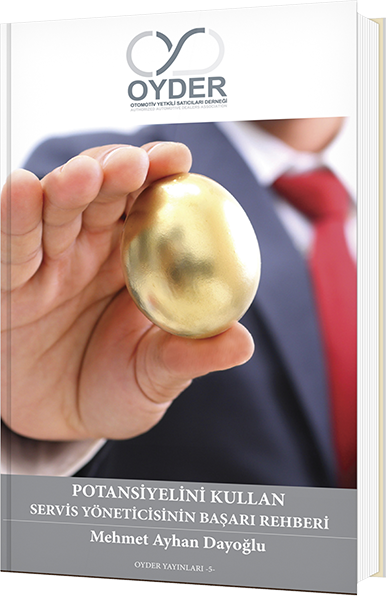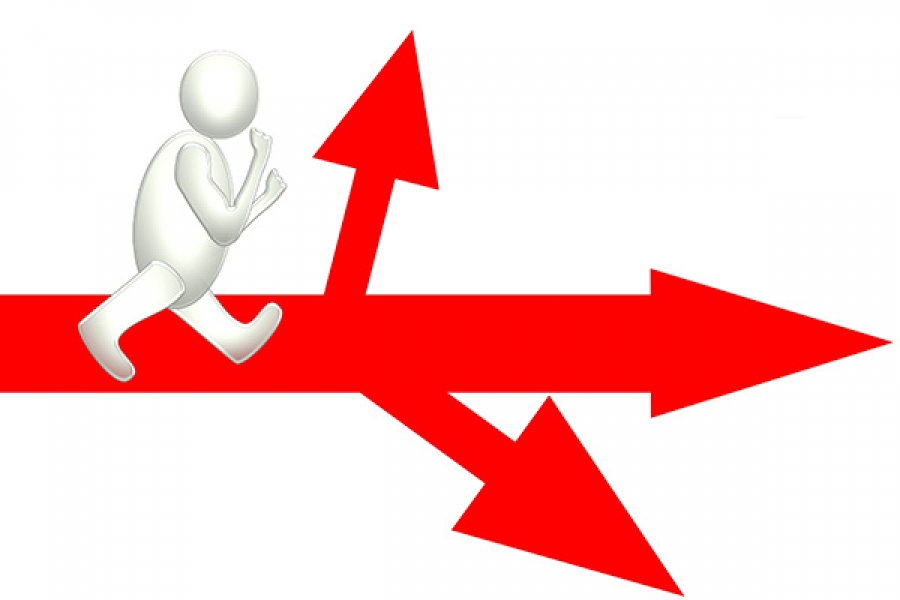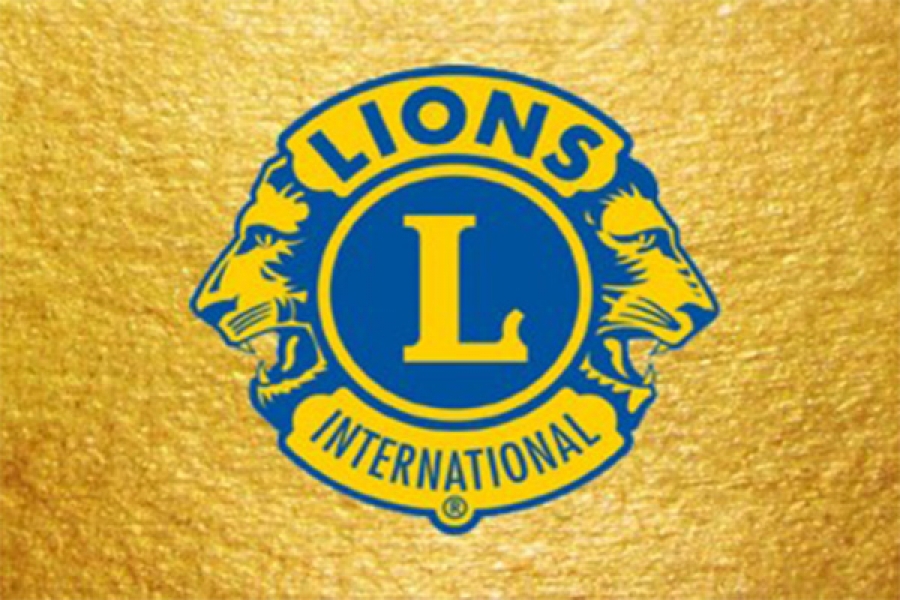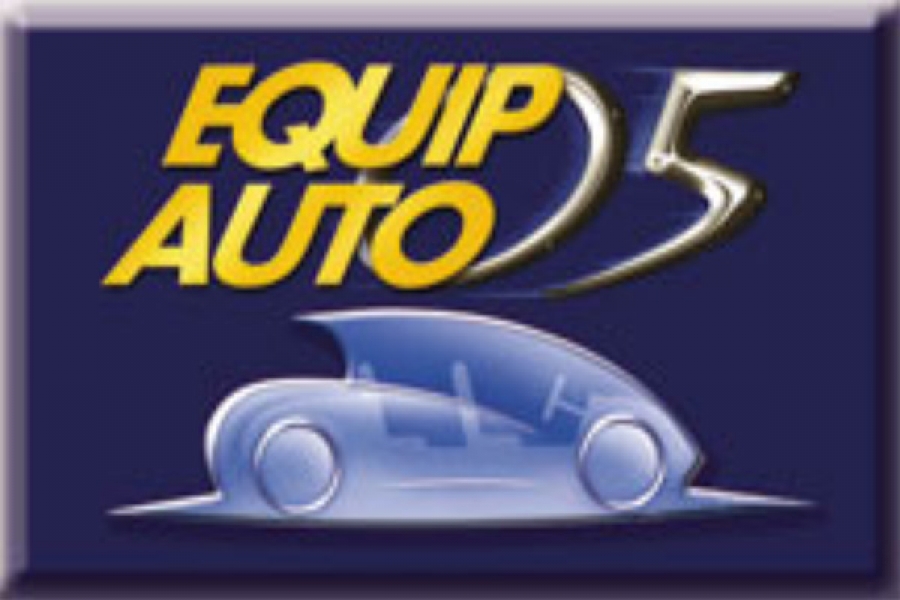Saturday, 28 November 2015 22:25
Solution Is Evaluating Damage Amount Properly
Insurance companies are the biggest and most important customers of authorized workshops since 70% of income is generated by collided vehicle repairs. Thus, auto dealers pursue two main strategies to attract damaged vehicles to their workshops:
- )Sell insurance policy along with the brand new vehicle, be one of the preferred contractual workshop of several insurance companies, generate revenue out of spare parts and labor when damaged vehicle comes in to the workshop.
- )Keep customers loyal during warranty period by setting periodic maintenance fees at the lowest level possible and then draw the ones that have accident into the workshop.
This strategy has been proceeding in parallel with insurers’ creating new channels strategy which they follow to increase their sales. That is to say, there was no problem for both parties. Likewise insurers were making serious profit from non-operating activities based upon financial situation and meantime they were paying the invoices that authorized workshops sent without feeling the need to examine them in detail. In those days, auto dealers were able to manage to keep their sale profits at higher rates due to vehicle scarcity in the market. In short: Chain of happiness was working well for both parties.
But things started go awry for two sides when competition increased due to rising number of brands setting on eye on the Turkish automotive market and financial profits receded in Turkey. As a result of this, insurers and automotive dealers started to complain about lack of profit.
Thereupon, things derailed completely. On one hand insurers started to demand more discount from the workshops but on the other hand they started to send them parts supplied from different channels. Upon seeing this, the workshops started to get into panic. Dealers who were confused about their workshop activities initiated spare part sales to independent workshops, and they did this along with the insurers. In other words, insurers and dealers demolished the rules of the game together.
In fact both parties skipped and didn't see the important point at the workshop which is "the necessity to evaluate damage amount properly". When it appeared this way, distributors also got into the game. They also increased their part prices, did not pay attention to the real need, gave higher part sale targets to the dealers and included these targets within their bonus systems. In fact, it created a fictitious need which is non-existing in the market. The ones working in the supply chain area define similar impact as "Bullwhip or Tsunami Effect" and always try to normalize the orders they receive when there is no actual need.
In conclusion, incorrectly evaluated damage amount increased the cost yet the increased cost did not reflect on insurance policy prices. Thus, at the end of the day both workshops and insurers came to complain about each other.
















